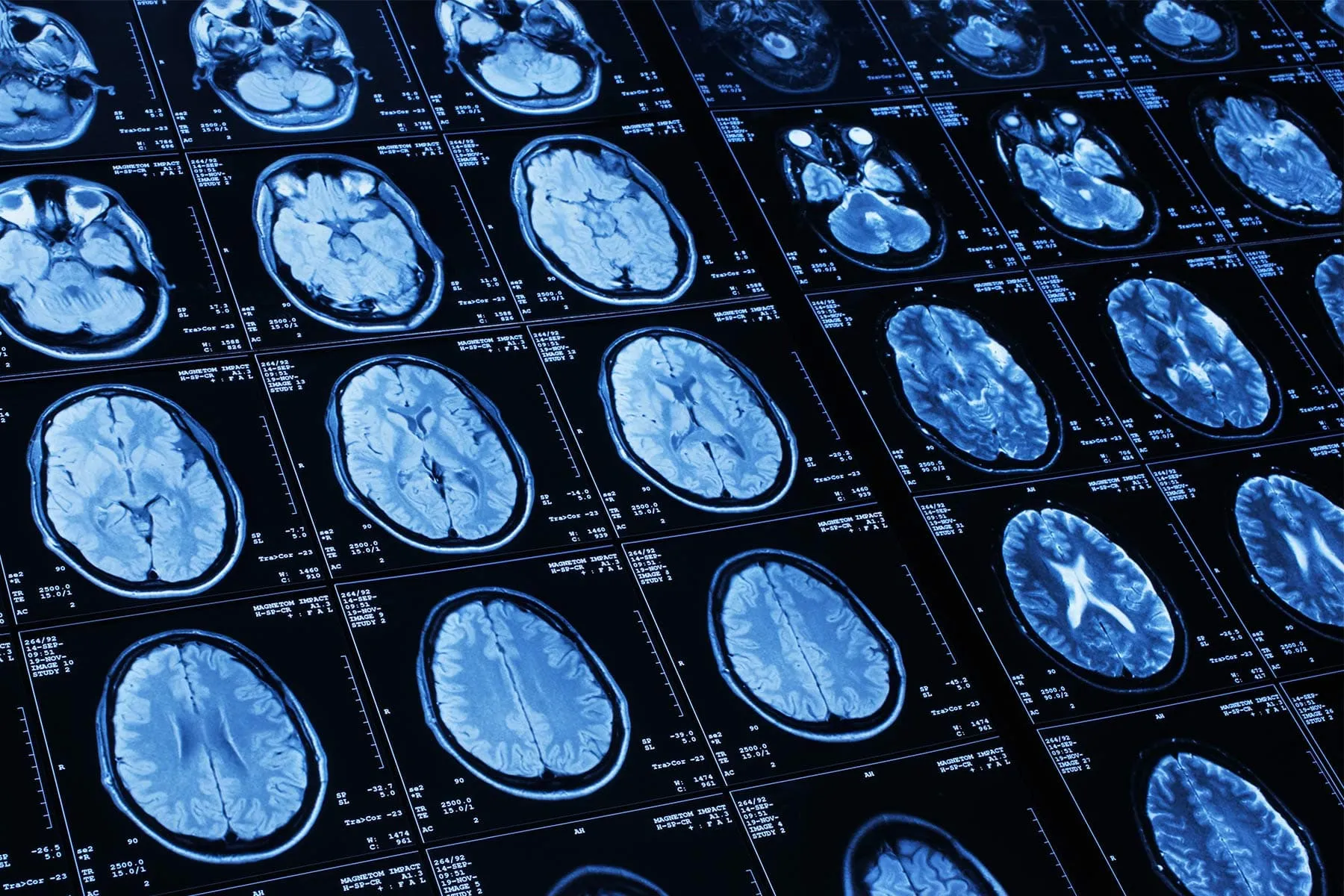Black people in the U.S. are more likely to have a stroke than people who are White, Hispanic, Native American, or Asian – and with worse outcomes. The odds of dying of a stroke are 3 to 4 times higher for Black Americans, compared to White Americans.
Many things affect someone’s chances of having a stroke, including social factors. Eseosa Ighodaro, MD, PhD, is a stroke fellow at Emory University/Grady Hospital in Atlanta and advocates for initiatives that address racial disparities in neurologic health, particularly in stroke outcomes. She founded Ziengbe, a nonprofit organization aimed at ending neurological health disparities facing the Black community through education and empowerment.
Here, Ighodaro answers questions about stroke risk in Black Americans, including symptoms everyone needs to know, what to do if those symptoms show up, and how to lower stroke risk.
It is essential to know what the signs and symptoms of stroke are. Remember the FAST acronym, which stands for
- Face drooping
- Arm weakness
- Speech difficulty
- Time
Other signs of stroke can include numbness and vision loss. If you or someone you know is experiencing any of these signs and symptoms, time is of the essence. Don’t wait: Go to the nearest emergency department immediately.
And once you get there, be prepared to advocate for yourself or your loved one. Say these words: “I’m concerned I’m having a stroke.”
Black patients experience more delays in diagnosis and treatment once [they’re] in a hospital with stroke symptoms, which contributes to poorer outcomes. We also know that Black individualsare significantly less likely to receive the gold-standard treatments for stroke, which include the clot-busting drug tPA and mechanical thrombectomy, a technique for removing blood clots from the brain.
These interventions are time-sensitive. We can only give clot-busting drugs within 4.5 hours [after symptoms start], and we can only do mechanical thrombectomy within 24 hours.
So if you have facial droop or numbness and weakness on one side of your body, don’t wait at home, thinking it will go away.
The reasons are multifaceted. When we talk about risk factors for stroke, there are two major categories: the ones we can modify and the ones that we cannot. Nonmodifiable risk factors include our age, sex at birth, race/ethnicity, and family history of stroke. Risk factors we can modify include poor diet, physical inactivity, being overweight, diabetes, hypertension, smoking, and high cholesterol.
We know that Black Americans overall have a greater burden of these modifiable risk factors. Over half of Black adults have high blood pressure, Black Americans are more likely to have diabetes than White individuals, and nearly 25% of Black people have high levels of LDL cholesterol, the “bad” type of cholesterol.
So when I see a patient in my stroke clinic, my main focus is on these modifiable risk factors, so that we can either prevent a first stroke or to reduce the risk of a second stroke. That means getting that individual on appropriate medications and interventions, like blood pressure medications, smoking cessation programs, and connecting people with diabetes to a primary care provider or endocrinologist to ensure that is under control. We know that the Mediterranean diet has been shown to improve stroke outcomes, so I also typically connect these patients with a dietitian to help them make sustainable changes in their eating habits.
But that’s not the whole picture. Studies have shown that even once we control for these modifiable and non-modifiable risk factors, we still see significant racial disparities in stroke outcomes, likely caused by other social determinants of health.
Social determinants of health are variables that are not medical but still play a role in our health. They include things like [social and economic] status, education level, language barriers, housing and food insecurity, access to safe and healthy space to get physical exercise, and of course, access to health care, hospitals, and pharmacies. In the United States, some states have only one advanced comprehensive stroke center, while others may have 15. People who live in a state with only one comprehensive stroke center, which may be 150 or 200 miles away, will not have the same access to advanced stroke care that someone who lives here in Atlanta does.
All of these factors can impact the risk of stroke and outcomes for people who have had a stroke. For example, data from one very important study of stroke disparities, Reasons for Geographic and Racial Differences in Stroke, or REGARDS, has shown that people with three or more social determinants of health risk factors were nearly two and a half times more likely to have a stroke, compared with people who had no such risk factors.
And a study published in 2023 found that “redlining” – the historical practice of discriminatory housing policy that affects Black communities to this day – is associated with increased stroke risk, over and above other social determinants of health.
This is something we are still trying to measure and quantify: How does just being a Black individual in America, and the stresses that come with day-to-day experiences of racism and microaggressions over a lifetime, negatively affect the body, including stroke risk?
We know that “allostatic load” – the wear and tear on the body that accumulates when a person is exposed to chronic stress – contributes to poorer health outcomes. And a study published in 2022 found that allostatic load predicted mental function scores among Black stroke patients, but not White or Hispanic patients, which suggests that these stressors may account for some of the racial disparities in stroke outcomes. We need to understand this better.


